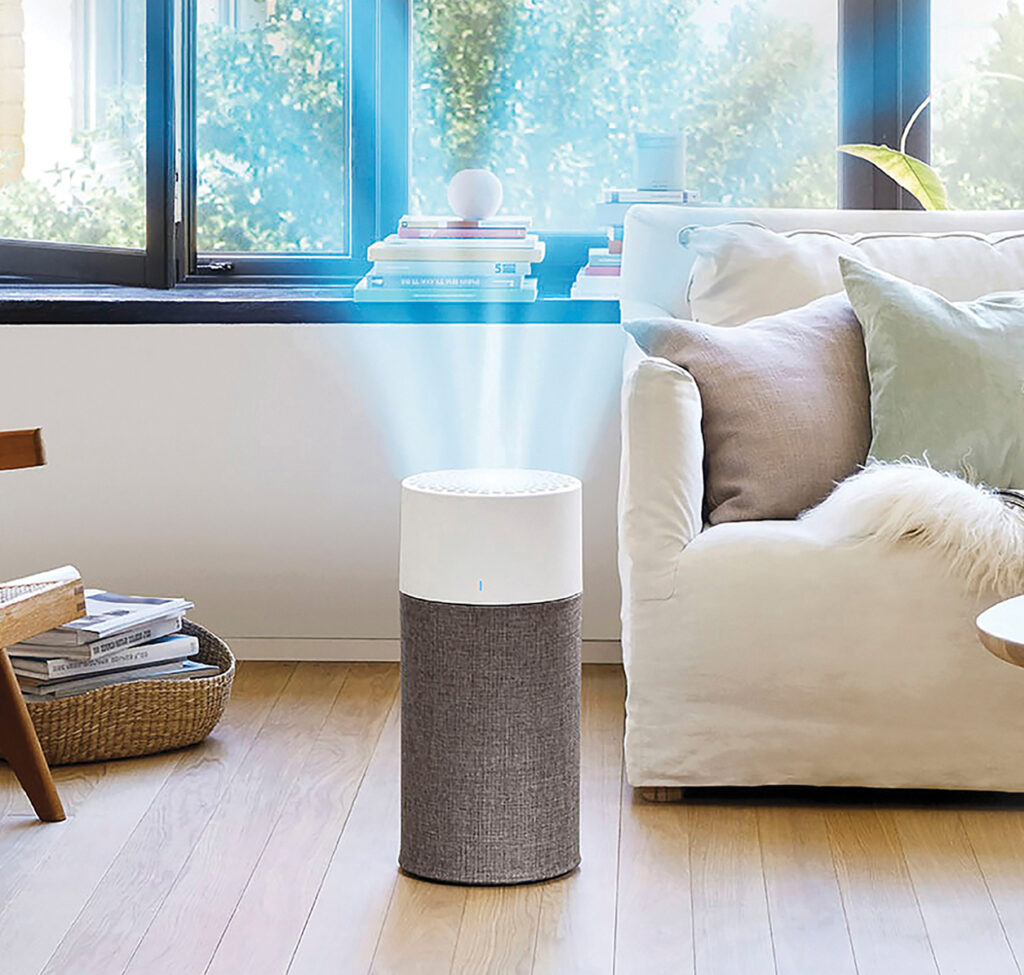
Say Goodbye to Spring Allergies: How Air Purifiers Can Help Conscious Parents
As the buds bloom and nature awakens from its winter slumber, spring brings with it a vibrant burst of life. However, for many, this seasonal
Call us on 0333 015 4345 or email hello@theconsciousparent.co.uk

Viruses can linger for a long time on surfaces in your home, which is why regular cleaning and dusting can make a huge difference to your family’s health and wellbeing.
But some viruses are airborne, which means they spread via pathogens in the air. This means you can catch certain diseases simply by breathing.
In this post we’ll list some examples of airborne viruses, before discussing how you can effectively kill viruses in the air.
Each of the above viruses can cause slightly different symptoms. But regardless of the underlying virus or bacteria, an airborne disease will usually result in at least one of the following symptoms:
Different viruses have different lifespans in the air. Environmental factors can also affect a virus’s airborne lifespan, including humidity levels and the amount of ventilation in the area.
Invariably, though, the longer a virus spends in the air, the less infectious it becomes. For example, one study found that Covid-19 can become up to 90% less infectious within minutes of getting exposed to indoor air.
Read our full guide to how long viruses can survive in the air.
Keeping your home clean will help remove viruses and bacteria from surfaces. But good ventilation is the only way to kill viruses in the air. A good air purifier can trap and kill many viruses in the air before they have a chance to settle on any surfaces, significantly reducing the risks of airborne infection.
Our Blueair home air purifiers are fitted with advanced HEPA filters that can effectively remove over 99% of particles from the air. When viruses are trapped in a HEPA filter, they have no host to sustain them. This means that they won’t survive for long, which means they’ll be far less likely to infect you or your family.
At the touch of a button, an air purifier can quickly and quietly filter the air in a room of up to 17m² in as little as 12.5 minutes. Find out how the Blueair home air purifiers can help you quickly and quietly kill viruses in the air.

As the buds bloom and nature awakens from its winter slumber, spring brings with it a vibrant burst of life. However, for many, this seasonal

Babies don’t develop self-awareness until they’re around two years old. At around this time, they’ll come to realise that they’re seeing themselves when they look

The Conscious
Parent Company
G4 Business Centre
19-21 Carlisle Street East
Sheffield S4 7QN
0333 015 4345
hello@theconsciousparent.co.uk
